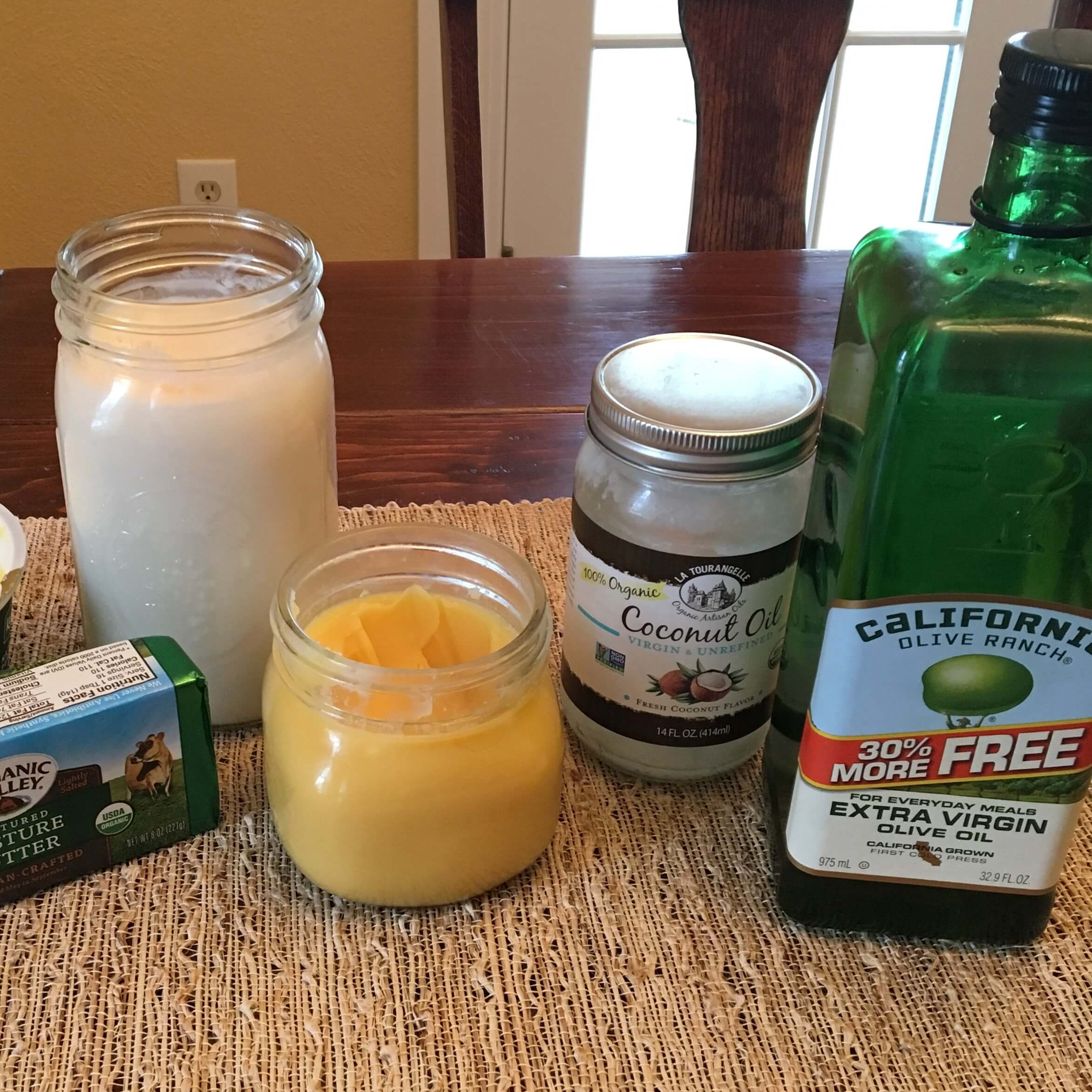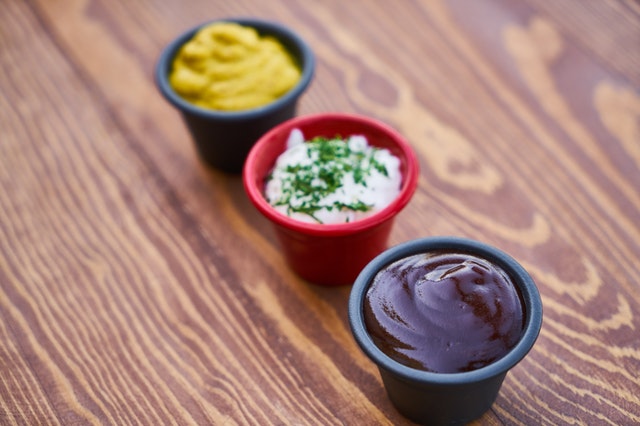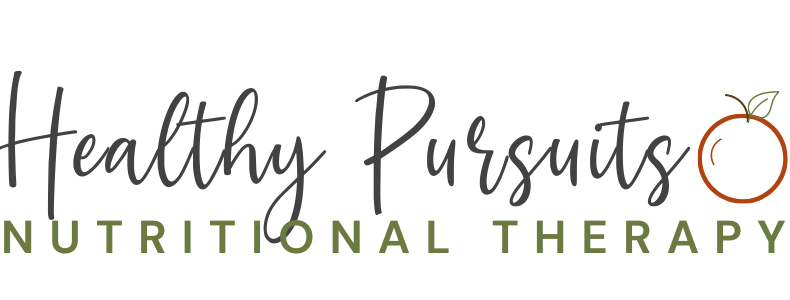If you’re trying to make a lifestyle change and consume more healthy foods and less junky foods, let’s talk about how you can set yourself up for success. If the tempting foods are in the house and you’re anything like me, you’re going to have a hard time resisting them!
Maybe you have kids or a spouse who aren’t quite on board with eating the way you want to which is a discussion for another time but here are a couple quick tips for that –
- It wouldn’t hurt them to eat healthier as well! If the family member who wants to still have the junk around is of driving age, he or she is capable of driving to the store and getting whatever foods he or she wants to eat beyond what you are buying. You don’t have to supply the junk food for that person!
- Keep the food you’re trying to avoid out of eyesight. If you have a pantry, keep it in a basket or box where you don’t see it every time you walk in. If it’s in a cabinet, have it in a cabinet that you aren’t going into often. If it’s in the fridge or freezer, hide it behind other stuff.
- Engage the kids/spouse in the food planning and cooking process if possible. Especially the kids – if they are involved in what is being prepared for them to eat, they might be more interested in trying new things.
I’d love to hear from you if you have struggled with family members not being on the same page about dietary changes. Tell me what worked, what didn’t, and any other tips you learned along the way. Comment at the end of this post!
Anyhoo, back to setting yourself up for success. This isn’t an exhaustive list but here are some ideas for swaps you can make for your pantry staples that can turn your kitchen into a place where healthy, delicious, and easy meals are made.
A good place to start is with your fats/oils:
- Get rid of all canola, vegetable, and seed oils
- Get rid of Crisco or anything made with hydrogenated or partially hydrogenated oils
- Get rid of butter replacements and butter mixed with canola oil
Replace with:

Next, you can look into the ready-made sauces and flavor enhancers you have.
There are tons of different kinds of sauces you can buy: Asian, pasta sauces, curries, dressings, etc. These can all be sources of not only excess sugar but also all kinds of preservatives, artificial flavors, inflammatory fats, and nasty additives that we want to avoid. With some simple ingredients you can make your own versions that will be healthier, fresher, and quite possibly tastier!




Next, you can look into the ready-made sauces and flavor enhancers you have.
There are tons of different kinds of sauces you can buy: Asian, pasta sauces, curries, dressings, etc. These can all be sources of not only excess sugar but also all kinds of preservatives,
artificial flavors, inflammatory fats, and nasty additives that we want to avoid. With some simple ingredients you can make your own versions that will be healthier, fresher, and quite possibly tastier!
For Asian cooking, I like to keep these options handy to use on their own or some combination for curries, stir-fries, or various Thai, Chinese, or other Asian flavors:
- red curry paste
- Coconut milk
- Coconut aminos (soy sauce alternative)
- Tamari (gluten free soy sauce)
- Fish sauce
- Rice vinegar
- Sriracha or similar hot sauce
- Tahini
- Spices like ginger, garlic powder, garam masala, and red pepper flakes
Next up, let’s look at pasta sauce. This is really easy to make on your own and you can cut way down on the sugar as well as avoid additives, preservatives, and bad oils. You just need some basic ingredients like:
- Cans of diced, stewed, whole, or plum tomatoes
- Tomato paste
- Spices like basil, oregano, thyme, onion, and garlic
- Just a tablespoon or so sugar to balance the acidity (or even applesauce!)
- Or check your grocery store for sugar and junky-ingredient free options similar to this one.
BBQ sauce and Ketchup. Here’s another sneaky source of extra sugar. Be diligent in reading labels and then aware of how much you use. Look for brands that have 5 grams or less of sugar per serving and then be aware of the ingredients as well. You can make your own with some simple ingredients like this recipe or opt for pre-made options that have less sugar and less junky stuff like these:
- Primal Kitchen Brand
- Stubb’s BBQ sauce
- Dinosaur BBQ sauce
- Annie’s BBQ sauce
- Tessemae’s
- Primal Kitchen Ketchup
Mayonnaise. I leeerrrrve mayo and it’s one of the easiest things to make. There are two kinds of people in this world: people who love mayo and people who are wrong?. You can feel good about using mayo when it’s made with healthier fats like avocado! Here are a couple options. If you’re near a Grocery Outlet, check for the Chosen Foods brand, I’ve found it for much cheaper! The most budget-friendly healthy mayo is to just make it yourself.
For salad dressings I like to combine extra virgin olive oil with some kind of vinegar (raw apple cider, balsamic, red wine) or lemon juice, a squirt of mustard, some fresh herbs or dried spices and a touch of honey. Give it a good whisking and you’re good to go. Takes 30 seconds. Lately though, I’ve been on a major ranch dressing kick and have been buying multiple bottles of Primal Kitchen Ranch when it’s on sale
- Primal Kitchen Ranch
- Other Primal Kitchen Flavors
- Fody Salad Dressings
- Any other dressing you find made with 100% extra virgin olive oil or avocado oil
- Dressings made with organic sunflower oil (like Sir Kensington brand) aren’t terrible either
Flour Swaps. You can turn your kitchen into a gluten or even grain-free space with a few simple changes for your baking needs.
- Almond or other nut flour – can generally be subbed 1:1 in recipes or used as a breading like flour or breadcrumbs
- Coconut flour – you’ll want to follow actual recipes when using this because it’s quite absorbent
- Cassava flour
- Tigernut Flour (a type of tuber, not nut)
- arrowroot or tapioca starch instead of cornstarch.

Sweeteners. Sugar is sugar regardless of whether it’s from a natural source like honey or a refined white table sugar. It’s still going to cause the same response in your body. There are some kinds that are slightly lower glycemic but you have to be aware when you’re using any kind of sweetener, your body will react the same way. Natural, unrefined options are a little bit healthier from a vitamin/mineral standpoint but if you are struggling to lose weight or deal with health issues, just be aware of how much and how often you are using these!
- Pure maple syrup. The real stuff, not Aunt Jemima or a similar one.
- Raw, preferably local honey.
- Coconut sugar (also called coconut palm sugar): can be used interchangeably with brown sugar
- Rapadura sugar – unrefined cane sugar.
- Sucanat sugar – has a molasses-y taste
- Molasses
Sugar Substitutes. This can be a slippery slope and I think people should be cautious with these as well as regular sweeteners. Just because something doesn’t affect blood glucose doesn’t mean that it doesn’t affect your health. Getting yourself totally off of sugar and sweet tasting foods can be a really important step in regaining your health and sometimes these zero-calorie sweeteners just continue the cravings for sweet foods. Plus they can be hundreds of times sweeter than actual sugar so they can really mess with your palate and your brain. They are not well studied but the two that I feel okay recommending right now include:
- Stevia – liquid dropper kind which is as close to an unrefined version as you can get. There are other brands available as well.
- Monk Fruit Extract Many times monk fruit sweeteners are a mix of erythritol and monk fruit. Erythritol is a type of sugar alcohol that may be fine for some people but can also cause disturbances in gut bacteria so I’d recommend sticking with the extract.
Canned Proteins. I like to keep any or all of these on hand for quick lunches or snacks. You want to make sure your choosing ones that are in either water or 100% extra virgin olive oil. Make sure you read labels to make sure you’re not getting what could be a healthy fish that has been soaking in soy or cottonseed oil.
- Sardines
- Mackerel
- Tuna
- Wild Caught Salmon
- Smoked Oysters
- Herring
Sweet and Salty. Just like anyone else I like to have something a little sweet sometimes and sometimes I need that salty crunch.
- Dark Chocolate – 80% cacao or higher
- Jackson’s Honest Chips – Like I mentioned in the sweeteners section, if you are struggling to lose weight or deal with health issues, you are going to need to consume these sorts of foods in moderation. Just because it is a healthier version of a chip from an ingredient standpoint, doesn’t mean it won’t still negatively effect your insulin and therefore fat storage response.
- Boulder Canyon or Kettle Brand chips cooked in avocado or coconut oil
- Plantain chips cooked in coconut oil or palm oil
- Siete Grain Free Tortilla Chips
- Raw or dry roasted nuts and seeds
- Natural peanut, almond, or other nut butters
- Coconut butter/manna
Grains and Legumes (Beans): This probably deserves its own post but I have a few quick notes about these. Grains, even if they’re whole grains, and legumes are not necessarily the health foods they’ve been made out to be. That doesn’t mean they are necessarily bad and yes, people have been eating them for thousands of years. But, cultures that consumed a lot of these foods also did not consume the junk that we do and they used techniques to properly prepare them in ways that make the nutrients more available and digestible. The grains were also much different, not hybridized, modified, and pesticide-laden as they are today. If you have a healthy metabolism and no real health complaints, including some whole grains in your diet isn’t a big deal. Generally though, the people I’m working with are folks who are on a journey towards better health and while a serving of rice here and there isn’t the worst thing, sticking mostly to a grain-free way of eating is going to be more beneficial while allowing your body the time and space to heal. Grains and legumes can cause inflammatory reactions, can irritate the gut, and the phytates and lectins they contain block the absorption of nutrients and can promote nutritional deficiencies. On paper, it might look like whole grains are full of beneficial vitamins and minerals but you are not actually getting those when you consume them. But, I still wanted to give some options for some things to look for in your grain and bean choices.
- Pseudograins: (technically seeds and are higher in protein than grains and less likely to be altered like wheat) quinoa, buckwheat, amaranth, and millet.
- Rice – brown rice has more nutrients in it and has not been refined. White rice is refined and therefore has had most of the nutrients stripped away. However, brown rice also has a lot more phytic acid and lectins than white rice so for someone who is struggling with nutritional deficiencies, brown rice may actually be worse. Best option would be sprouted or germinated rice because this process increases the ability of the nutrients to be absorbed and decreases the anti-nutrients.
- Oats – Also contain anti-nutrients but you can maximize the nutritional content by soaking the oats overnight in water with a tablespoon or two of apple cider vinegar, lemon juice, or yogurt. In the morning, strain the water and cook them in new water. They’ll cook faster this way! Steel cut oats are best, followed by rolled oats, and then quick oats. Avoid the pre-sweetened and flavor packets.
In the next post I’ll cover what might go into your real-food healthy refrigerator. I suppose a bunch of things mentioned on this list would actually go in the refrigerator but oh well – I’m keeping them on this list!
Just a note about where to find these products. A lot of the links are Thrive Market. You can try it free for 30 days but then will have to pay the yearly subscription fee. They do tend to have cheaper prices than a lot of stores do but not always. I just used those links but you can feel free to find those products wherever you can! Many chain grocery stores are now carrying Primal Kitchen condiments

This blog has been sooooo helpful to me!!! I’m so glad that I joined and receive your emails! Cannot wait to recommend it to friends!!!
I’m so glad it’s helpful, Michelle! Thank you so much for your kind words! Let me know if you ever have any specific questions or topics you’d like me to cover 🙂
Love your blog and tips!
I found Hellmanns Real Ketchup that is only sweetened with honey. Serving has 3 g sugar.
For Mayo I like Chosen Foods -100% avocado based. And tastes great!
Good find with the Ketchup and I agree about that mayo, that’s what we use too!